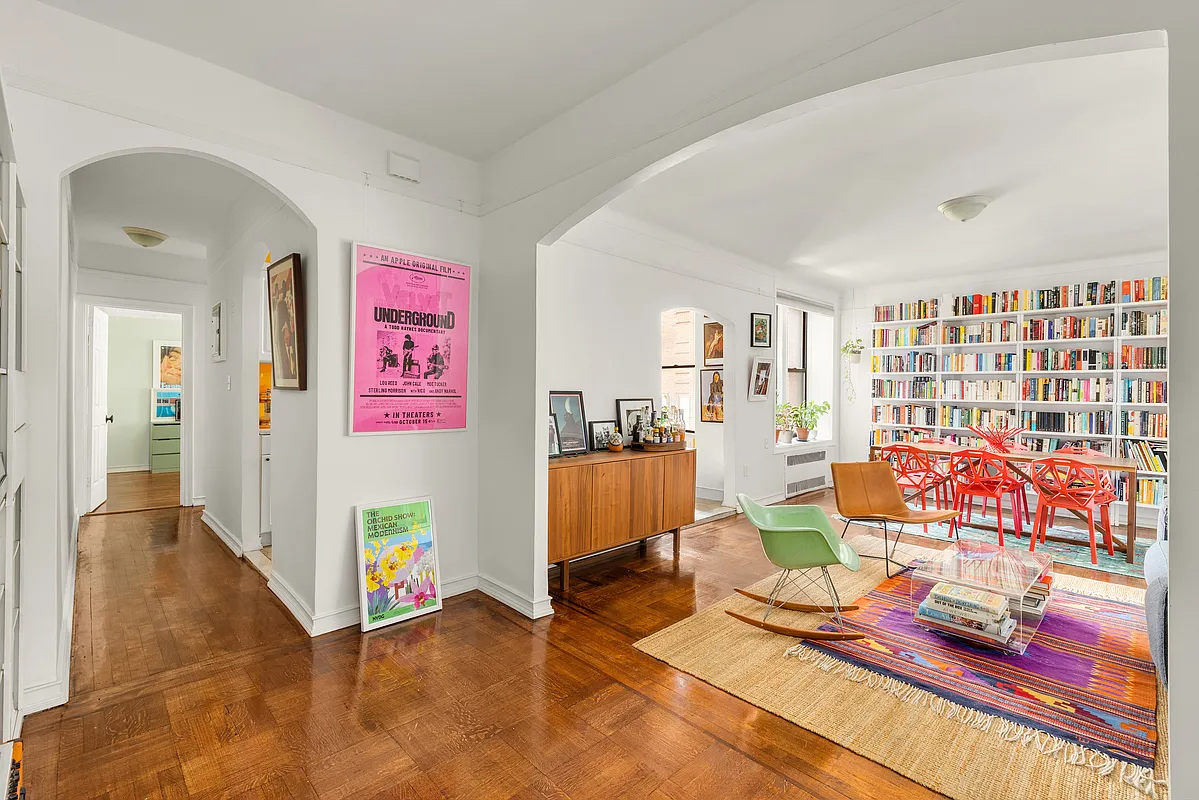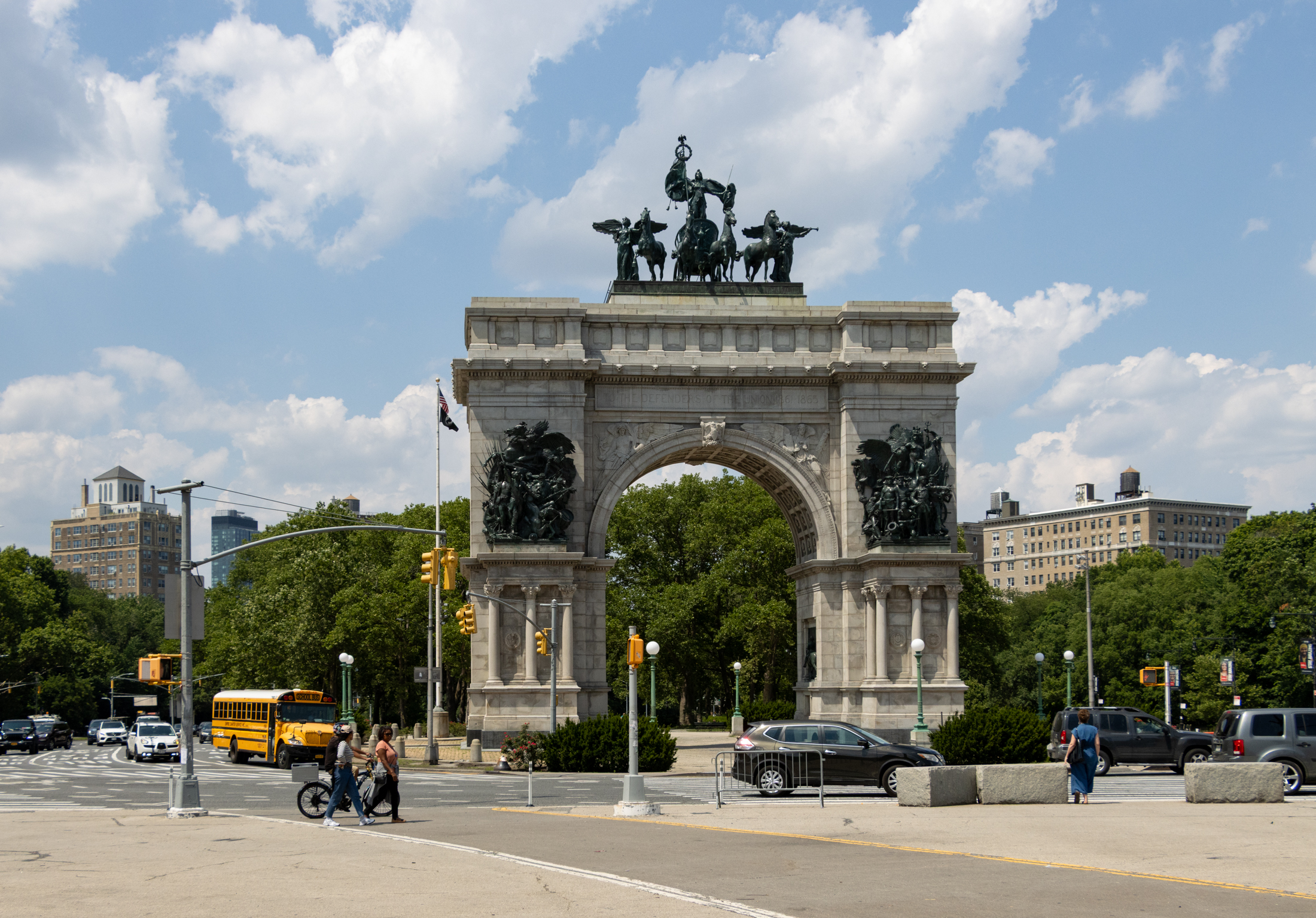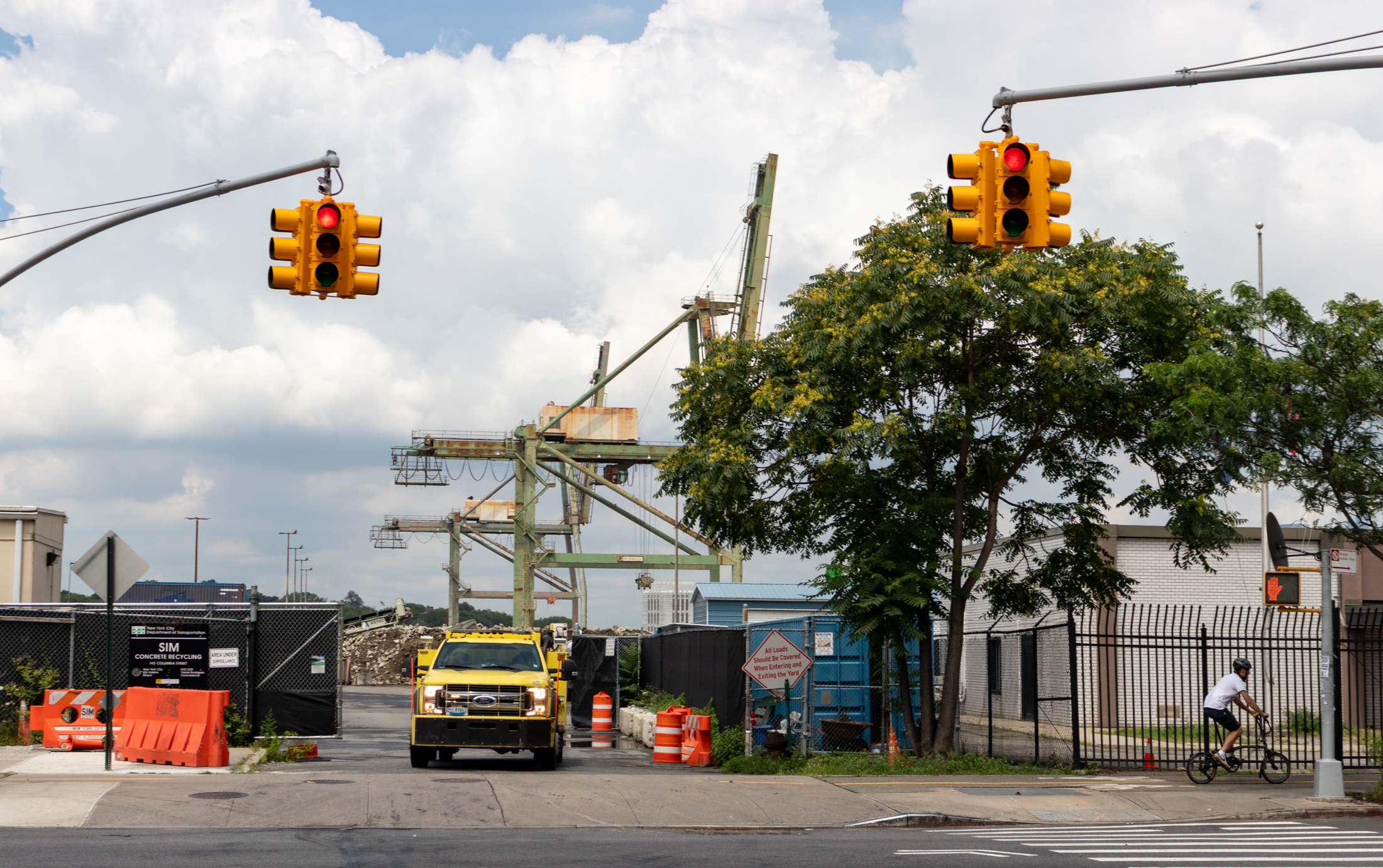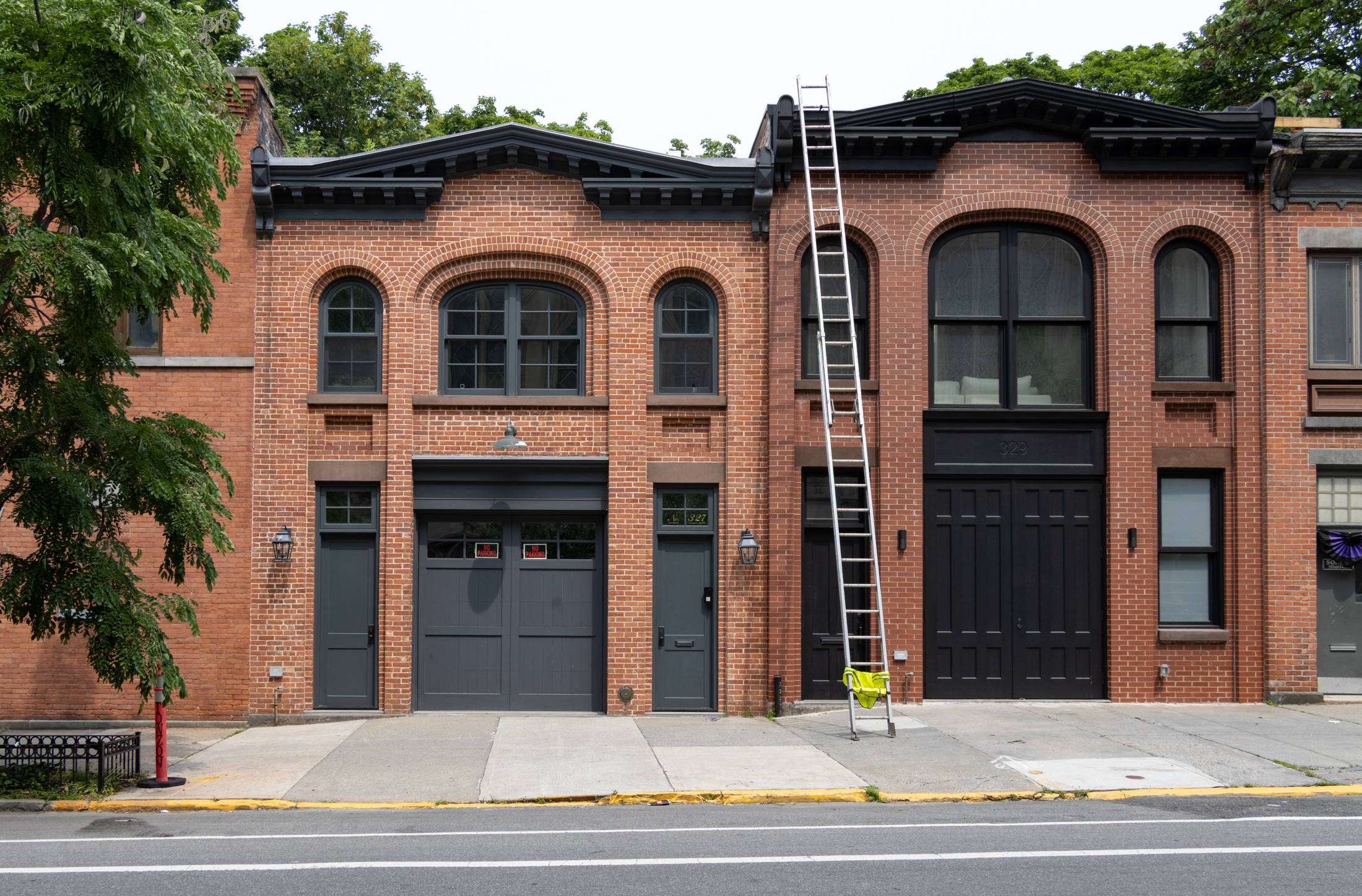Walkabout: The Brooklyn Athenaeum
We are so used to being able to go to our local library and take advantage of the collections of books and information available for us, free, practically at our fingertips. Our fore bearers in the 19th century didn’t have it so good. A fine library was one of the privileges of the wealthy, but…


We are so used to being able to go to our local library and take advantage of the collections of books and information available for us, free, practically at our fingertips.
Our fore bearers in the 19th century didn’t have it so good. A fine library was one of the privileges of the wealthy, but everyone else who wanted access to knowledge had to rely on the private, semi-private, and very rare, free libraries to educate themselves.
A previous Walkabout introduced the Apprentice’s Library, founded in 1824 to educate the apprentices of Brooklyn’s artisans and craftsmen. This first free library grew to become the Brooklyn Museum, as well as the Brooklyn Children’s Museum.
Another important early library and center of intellectual pursuit was the Brooklyn Athenaeum. Named after the Greek goddess of wisdom, Athena, an athenaeum was was dedicated to education and culture.

Philadelphia and Boston also had athenaeums (athenauea, athennaii?) as well, as did cities in Europe. Ours was located on the corner of Atlantic Avenue and Clinton, at 169 Atlantic Avenue.
The Brooklyn Athenaeum and Reading Room was founded in 1852 by a group of prominent Brooklyn citizens as a library and respite for young men, where they could gather as well for instruction as for that innocent relaxation, which the wear and tear of mercantile life so imperiously demands, according to its first president, John Taylor, in his first annual report.
The three story building, designed by William Field, had commercial storefronts on the ground floor, including a book store, the reading room and library on the second, and the concert/lecture hall, which could hold 2,000 people, on the third.

It had high aspirations for the teaching of philosophy and literature, and offered lectures and concerts on all manner of subjects, including music, history, and other high minded subjects. Members paid a fee of three dollars a year, or two dollars for six months.

For many years, the Daily Eagle reported that the shareholders in this venture were able to collect a return on their investments. The Reading Room featured newspapers from other American cities, as well as a selection of European papers.
The book store carried Shakespeare and the classics, as well as pens, papers, writing desks and ink, and a selection of children’s books. The library opened fully to the public in 1858.
Only 5 years after its founding, a group of young men from the Athenaeum established the Brooklyn Mercantile Library Association of the City of Brooklyn, which operated out of the second floor of the Athenaeum for ten years.
In 1869, the Mercantile Library and the Athenaeum pooled their collections and moved to a new building at 197 Montague Street, called the Montague Street Branch Library.
The second floor of that library was dedicated to business references, and was generally referred to as the Business Library. That building stood until 1960, when it was torn down for the Brooklyn Union Gas Company Building.
Today the Business Library, the direct descendent of the Athenaeum Library, is at 280 Cadman Plaza West.
The advertisements in the Brooklyn Eagle during the first years of the Athenaeum’s concert and lecture series was filled with orchestral offerings, recitals by instrumentalists and vocalists, as well as lectures on poetry, art and religion.

It held the first Italian Opera in Brooklyn in 1858, and the first concert of the Philharmonic Society of Brooklyn. Of course, high moral and educational aspirations aside, the Athenaeum had to pay its bills, so it wasn’t long before the operatic recitals and lectures on science and Shakespeare were joined by humorous readings, slight of hand shows and more popular and perhaps lower-brow fare.
By the 1860’s the Athenaeum had competition. Theatres and concert halls were springing up all over Brooklyn, especially downtown, close enough to the Athenaeum.
For more refined entertainment, the Brooklyn Academy of Music was only blocks away on Montague Street.
The Academy, opening in 1861, was the Athenaeum’s greatest rival, and BAM was larger, closer to the homes of the Heights elite, attracted first class orchestras and performers, and new.
The Athenaeum adapted, and became a meeting place for organizations, rallies, and revivals, as well as a more traditional lecture and performance venue.
It worked for a long time, until 1902, when the City of New York took over the third floor, which contained the auditorium and ante-rooms, as a courtroom for the Court of Special Sessions. The court was to stay until at least 1932.
The building was torn down in 1942, the event recorded in a photograph in the NY Public Library’s collection. Today, Key Food occupies the site of the Athenaeum.

Hardly anyone even remembers the name of this, one of Brooklyn’s earliest library spaces and meeting halls.





Don’t know sxm, probably because the court moved out, and they couldn’t figure out how to use it, and it was 1942, and preservation wasn’t exactly on everyone’s radar, and Brooklyn Heights was trying to redefine itself. Or maybe a fire. I didn’t run across a reason, and the caption with the photograph in the NY Public library didn’t give a reason for the demo, either.
Maybe one of the Heights mavens will enlighten us.
Montrose, why was it torn down?
Fire? Structural Stability? Forest Ratner?
too bad got torn down. Or at least wish something nicer occupied the corner than the keyfood bldg.
funny quote–“the wear and tear of mercantile life so imperiously demands”